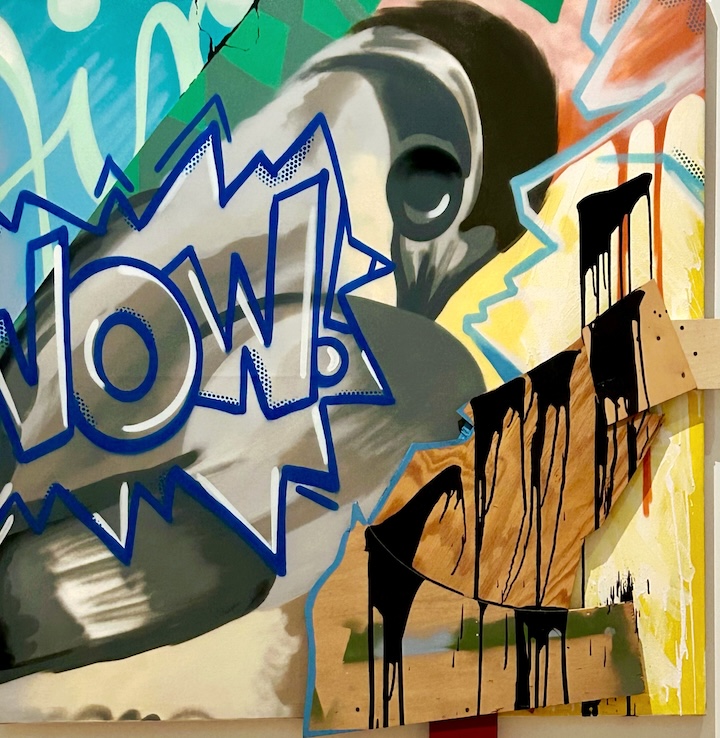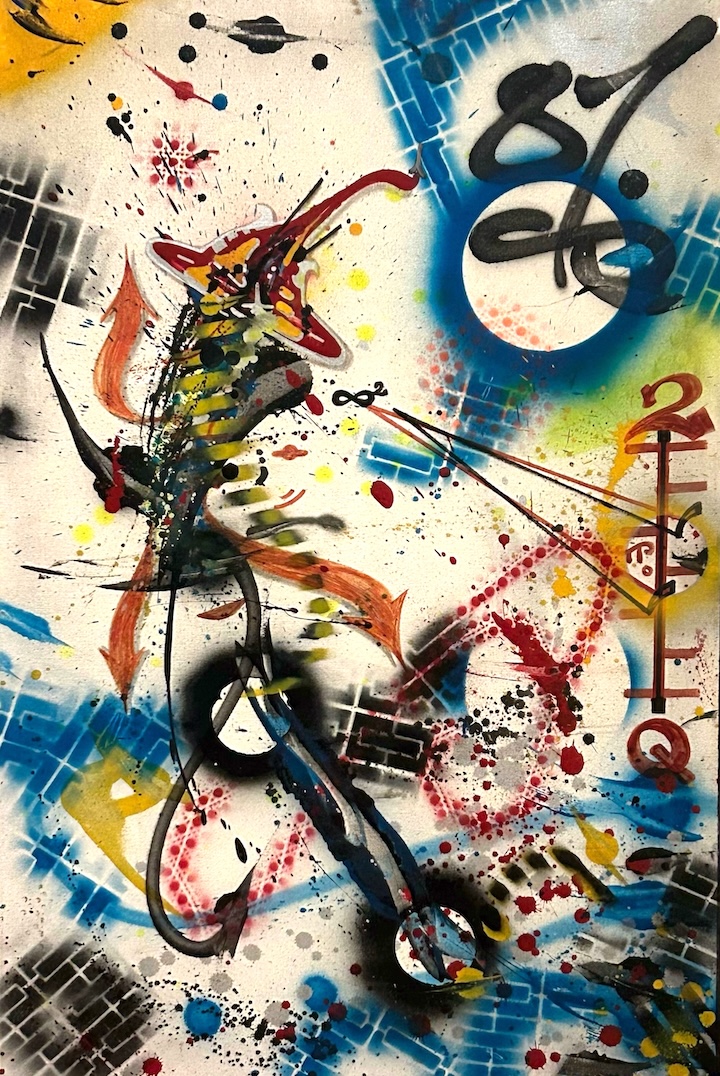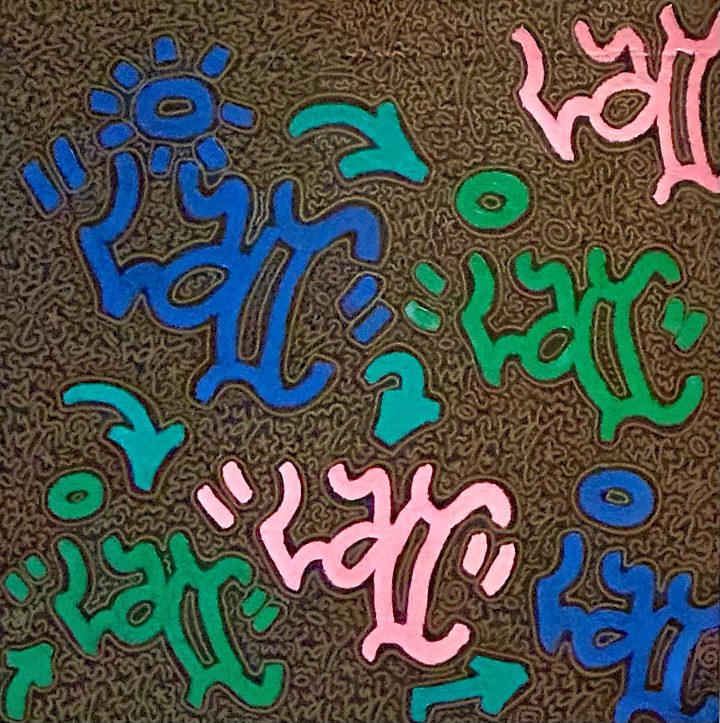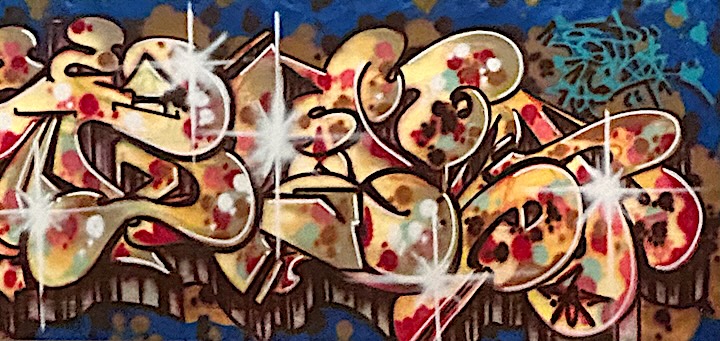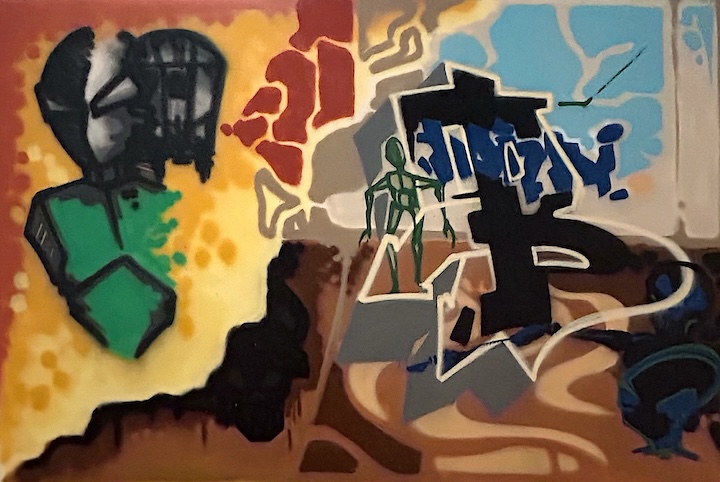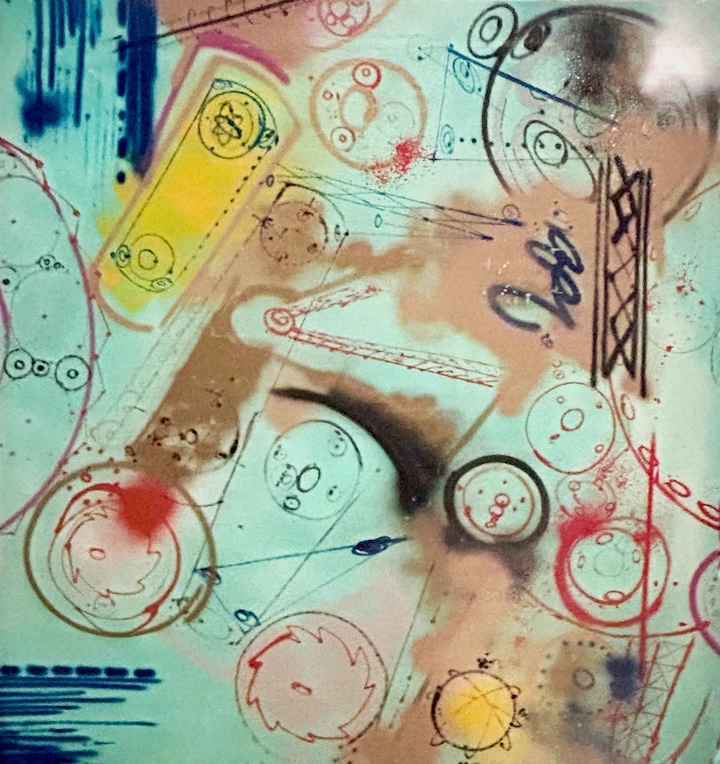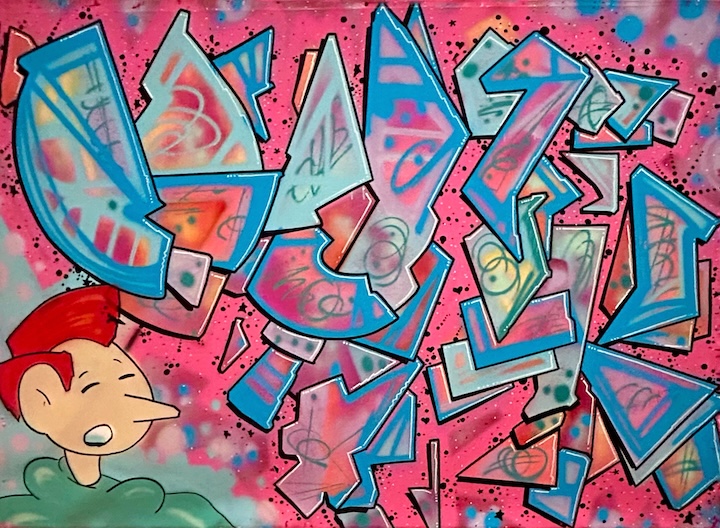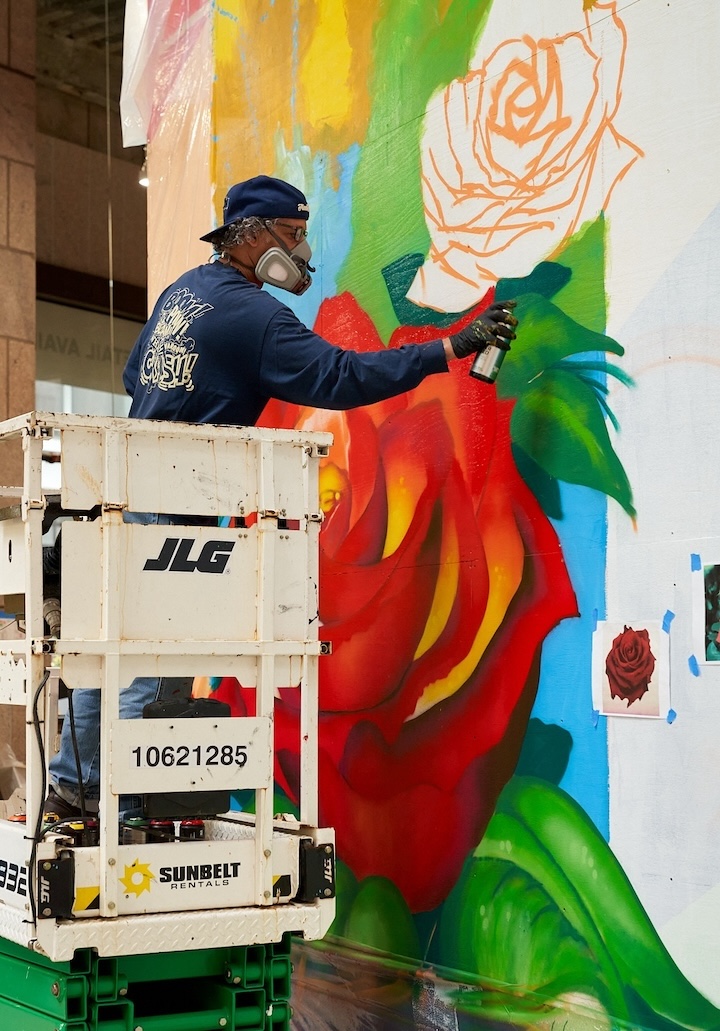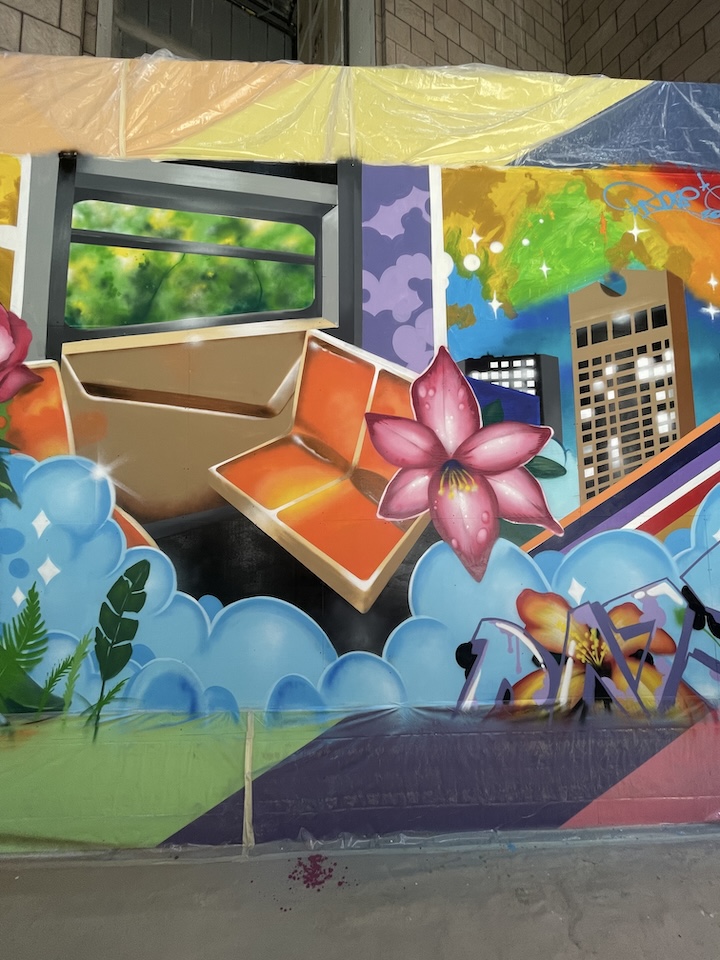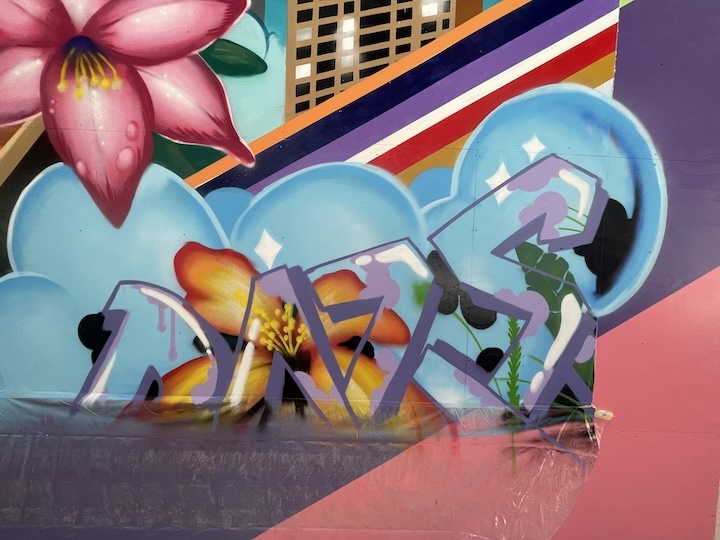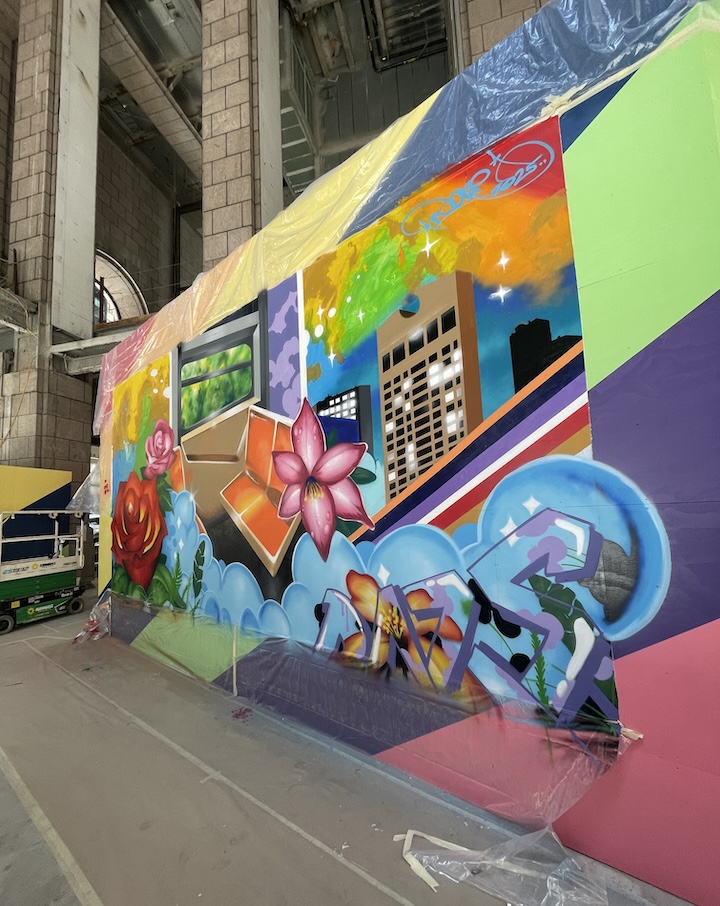The following guest post is by Houda Lazrak, a graduate student in Museum Studies at New York University.
Currently on view at the Museum of the City of New York through September 1, 2014 is the exhibit City as Canvas. To accompany the splendid exhibition featuring pivotal selections from Martin Wong’s exceptional graffiti art collection, the museum released a book by the same name. Edited by exhibit curator Sean Corcoran and cultural critic Carlo McCormick, it features hundreds of images, along with essays from experts in the field and artists’ recollections.

City as Canvas – New York City Graffiti from the Martin Wong Collection, the companion publication to the exhibit, is a fascinating window not only into the graffiti that surfaced in the 80s, but also into the life of artist, collector, curator, and visionary Martin Wong. A San Francisco native of Chinese origin, Wong moved to New York City’s Lower East Side in the 1980s. Immediately inspired by the surge of graffiti, he at once sensed the creative value of the then teenage-run art movement. Wong’s collection documents the roots of the graffiti movement in NYC and the evolution of writing styles through the 1990s.
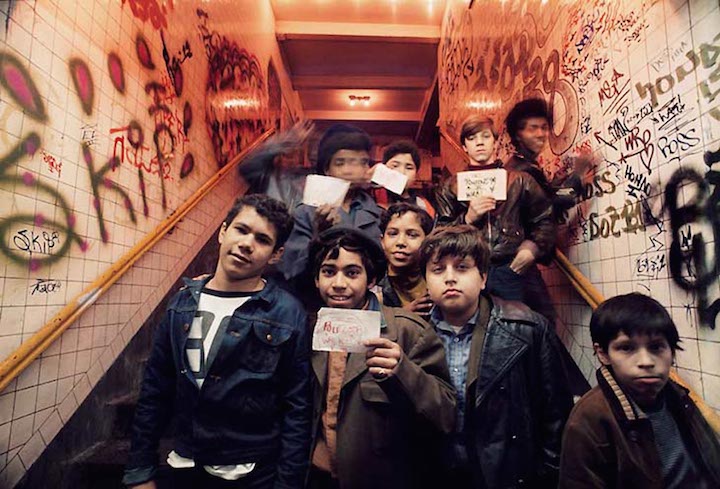
In his introductory essay, Sean Corcoran, Curator of Prints and Photography at the MCNY, explains how Wong championed young graffiti artists by befriending them, collecting their works and ultimately opening a museum dedicated to the art form (Museum of American Graffiti). Essentially, Wong acquired artists’ black books and requested canvas reproductions of their street pieces – such as Lee Quiñones‘s iconic Howard the Duck, originally painted on a Lower East Side handball court wall. He also secured — what he considered to be — significant canvas pieces, such as Lady Pink’s Maniac Depression. These reproductions form the bulk of the Martin Wong collection and are presented in the second section of the book, alongside biographies of twenty plus instrumental graffiti artists.

As does the exhibition, City as Canvas spotlights the young graffiti artists’ black books. Perhaps the collection’s most prized pieces, these books illustrate the process through which the young writers honed their skills and shared their styles. The publication features full-size pages of sketches and tags by artists such as Zephyr, Kenny Scharf and Keith Haring. True to the original sketches, the pages contain minimal color enhancement and retain their ancient paper background shade and old coffee stains .
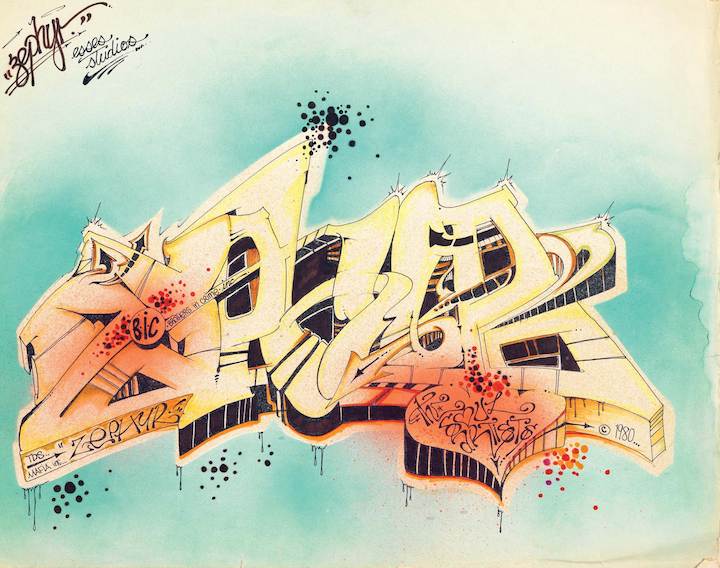
Finally, artists such as Lee Quiñones, Daze and Sharp share recollections of their first encounters with Wong. These unique testimonies illuminate Wong’s passionate personality and demonstrate his impact on legendary graffiti writers. Quiñones remembers his friend telling him: “Just when it all seems done, this is when I am going to buy,” a sign of his “wholly commit[ment] to supporting our work in a difficult time.”
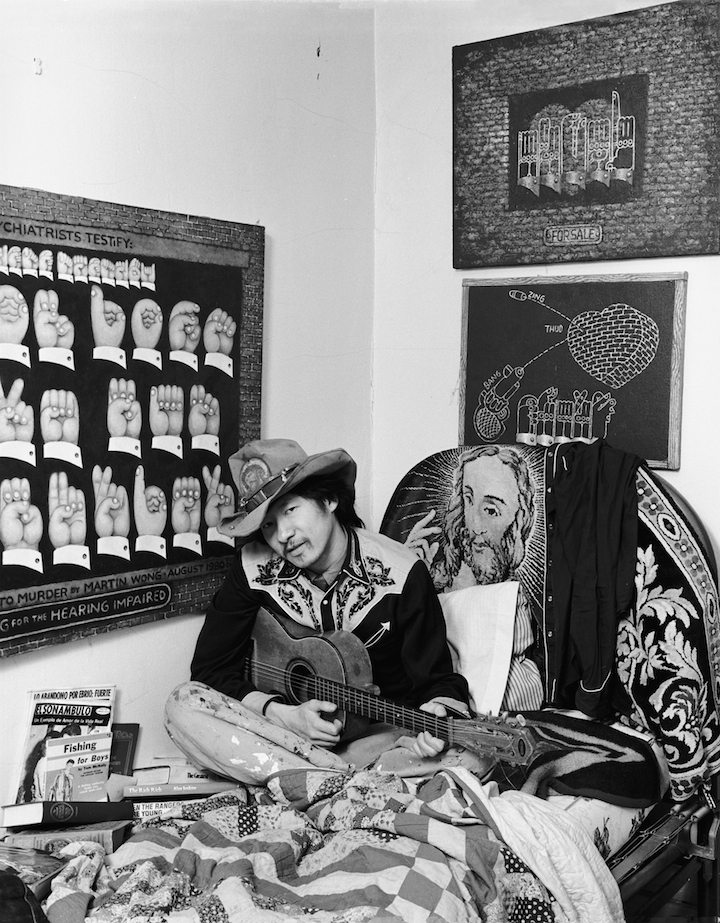
Overall, City as Canvas provides an impeccable overview of the Martin Wong Collection treasured in the Museum of the City of New York. The publication’s splendid aesthetics and stimulating essays serve as a vital introduction to graffiti art, as well as an indispensible document for aficionados of the iconic movement.
All images from City as Canvas, New York City Graffiti from the Martin Wong Collection © 2013 Museum of the City of New York, Inc. 1. Book cover featuring Lady Pink mural; 2. John Naar, Graffiti Kids, 1973; 3. Lee Quiñones, Howard the Duck; 4. Zephyr, black book; 5. Peter Bellamy, Martin Wong, 1985
